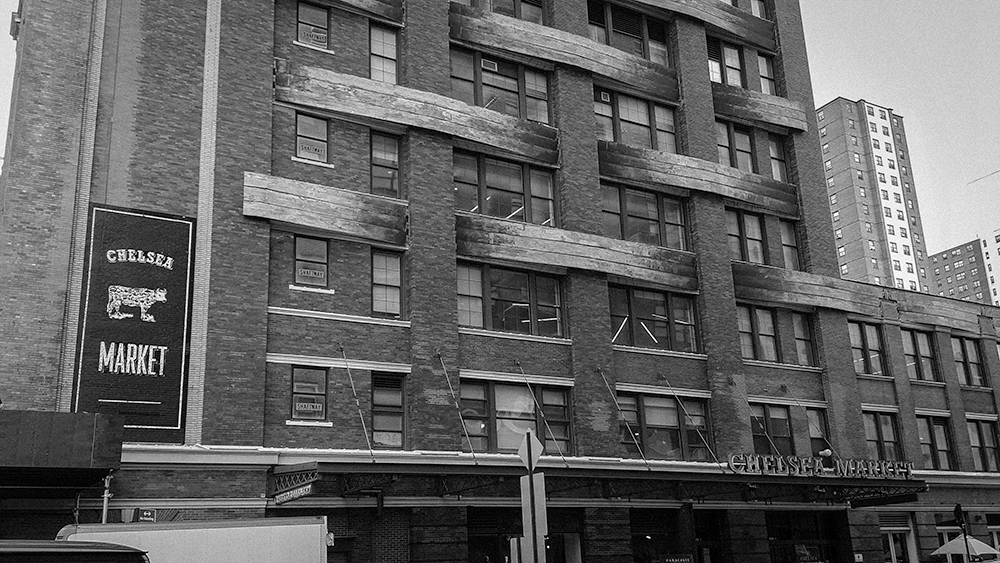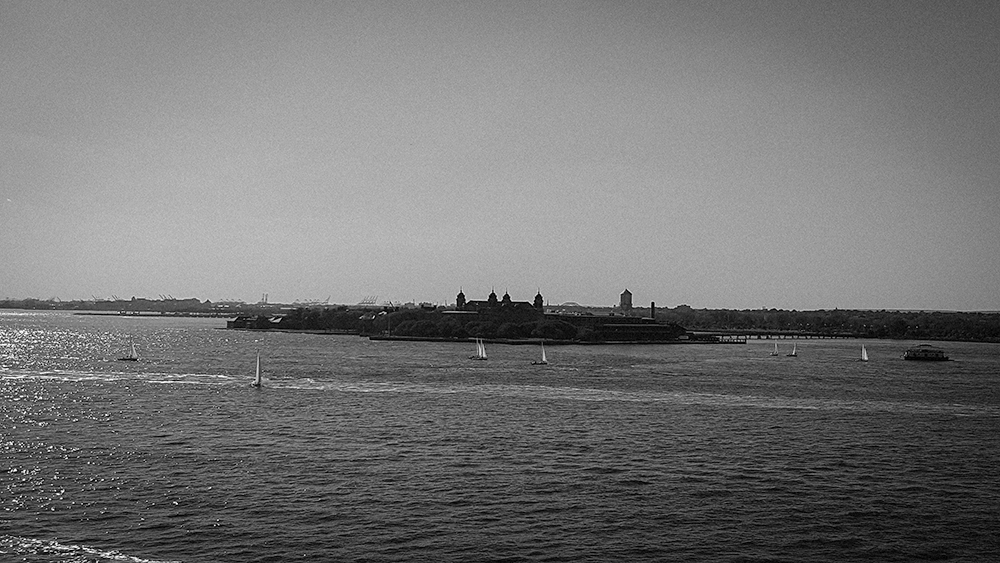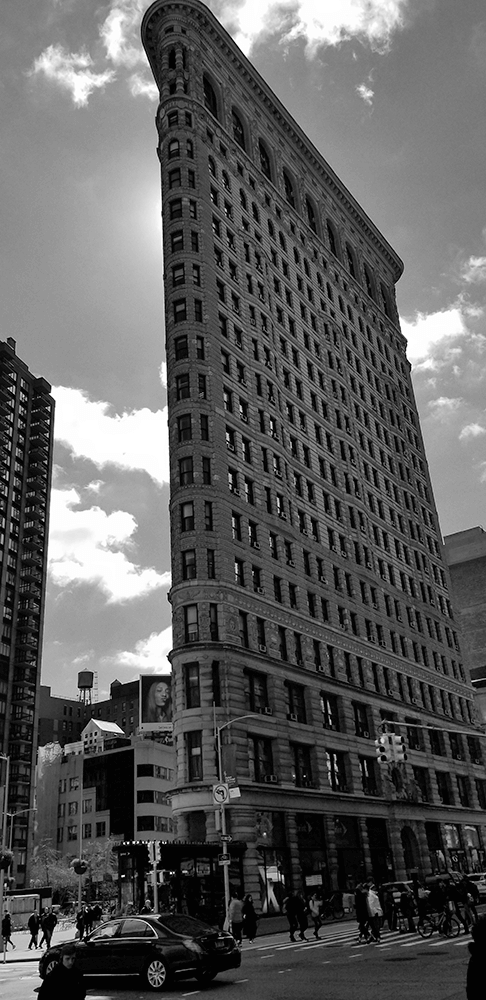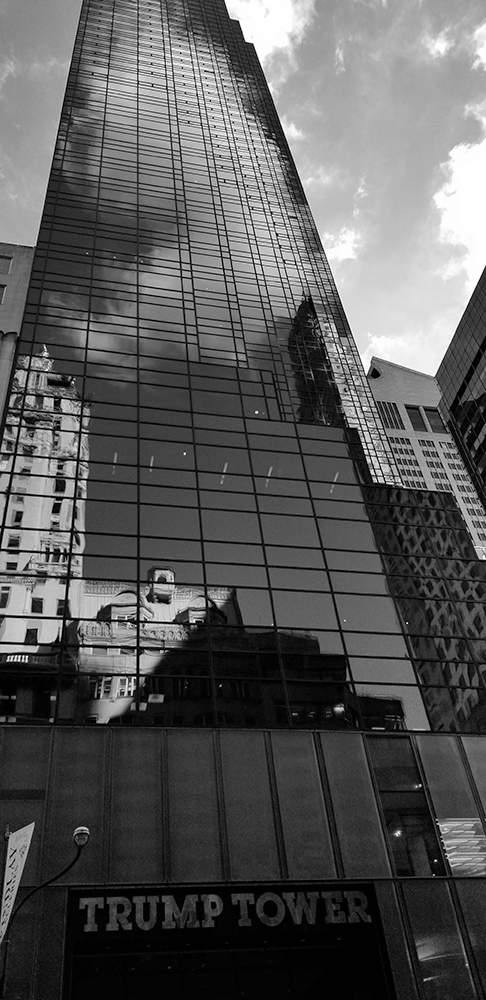Monument
Morningside Heights
Joan of Arc Park
Joan of Arc Park – Ein verstecktes Juwel in New York City Joan of Arc Park ist ein charmantes und historisch bedeutendes kleines Parkgelände in der Upper West Side von New York City, das sich in der Nähe der Hudson River Greenway erstreckt. Der Park ist nach der berühmten französischen Nationalheldin Johanna von Orléans benannt und bietet sowohl Einheimischen als auch Touristen einen ruhigen Rückzugsort inmitten des geschäftigen Stadtlebens. Geschichte und Bedeutung Der Park wurde 1956 eröffnet und ist Teil der Bemühungen, öffentliche Räume in New York City zu schaffen, die sowohl Erholung als auch kulturelle Bildung bieten. Die Wahl des Namens „Joan of Arc“ ehrt die bemerkenswerte Lebensgeschichte von Johanna von Orléans, die im 15. Jahrhundert eine Schlüsselrolle im Hundertjährigen Krieg spielte und für ihren Mut und ihre Entschlossenheit bekannt ist. Die Statue von Johanna, die im Park aufgestellt ist, wurde von dem italienischen Bildhauer Anna Hyatt Huntington geschaffen und 1915 eingeweiht. Sie zeigt die Heldin in voller Rüstung, die mit einer Fahne in der Hand auf einem Pferd sitzt, und symbolisiert den Kampf für Gerechtigkeit und Freiheit. Gestaltung und Ausstattung Joan of Arc Park ist relativ klein, umfasst aber eine Fläche von etwa 0,5 Hektar und bietet eine Vielzahl von Annehmlichkeiten. Die Gestaltung des Parks ist harmonisch und einladend, mit gepflegten Rasenflächen, schattenspendenden Bäumen und Blumenbeeten, die zu jeder Jahreszeit blühen. Statue von Joan of Arc: Der zentrale Punkt des Parks ist die beeindruckende Statue von Johanna von Orléans, die von einer kleinen Treppe umgeben ist. Diese Statue zieht viele Besucher an, die Fotos machen oder einfach die symbolische Bedeutung des Denkmals würdigen möchten. Sitzgelegenheiten: Der Park bietet zahlreiche Bänke und Sitzgelegenheiten, die es den Besuchern ermöglichen, sich zu entspannen und die Umgebung zu genießen. Diese Bereiche sind ideal für ein Picknick, zum Lesen oder zum Entspannen nach einem langen Tag in der Stadt. Spielplatz: Für Familien mit Kindern gibt es einen kleinen Spielplatz, der mit modernen Spielgeräten ausgestattet ist. Dies macht den Park zu einem beliebten Ziel für Eltern, die ihren Kindern einen sicheren Raum zum Spielen bieten möchten. Aktivitäten und Veranstaltungen Joan of Arc Park ist nicht nur ein Ort der Ruhe, sondern auch ein Ort für Gemeinschaftsaktivitäten und kulturelle Veranstaltungen. Im Laufe des Jahres finden im Park verschiedene Veranstaltungen statt, darunter: Kunst- und Kulturveranstaltungen: Der Park wird gelegentlich für Kunstausstellungen und kulturelle Veranstaltungen genutzt, die lokale Künstler und Gemeinschaftsprojekte präsentieren. Konzerte und Aufführungen: In den wärmeren Monaten werden im Park oft Konzerte und Live-Aufführungen organisiert, die den Besuchern die Möglichkeit bieten, lokale Talente zu erleben und die Gemeinschaft zu feiern. Bildungsprogramme: Verschiedene Organisationen nutzen den Park für Bildungsprogramme, die sich auf die Geschichte von Johanna von Orléans und die Bedeutung von Frauen in der Geschichte konzentrieren. Gemeinschaft und Engagement Joan of Arc Park ist ein wichtiger Bestandteil der Upper West Side-Gemeinschaft. Die Nachbarschaft hat eine enge Beziehung zu dem Park und engagiert sich aktiv in dessen Pflege und Erhaltung. Lokale Initiativen und Freiwillige arbeiten gemeinsam daran, den Park sauber und einladend zu halten, und organisieren regelmäßig Gemeinschaftsveranstaltungen, die das Bewusstsein für die Bedeutung des Parks fördern. Joan of Arc Park ist ein verstecktes Juwel in New York City, das sowohl historische Bedeutung als auch eine Oase der Ruhe bietet. Mit seiner beeindruckenden Statue von Johanna von Orléans, den schönen Grünflächen und den vielfältigen Aktivitäten ist der Park ein beliebter Treffpunkt für Anwohner und Besucher. Er verkörpert die Werte von Mut und Freiheit und erinnert an die inspirierende Geschichte einer der bedeutendsten Figuren der französischen Geschichte. Ob für einen ruhigen Moment der Reflexion, ein Picknick mit Freunden oder die Teilnahme an einer kulturellen Veranstaltung – Joan of Arc Park ist ein Ort, der das Herz von New York City bereichert.
1 2 NYCGO 3 4









































